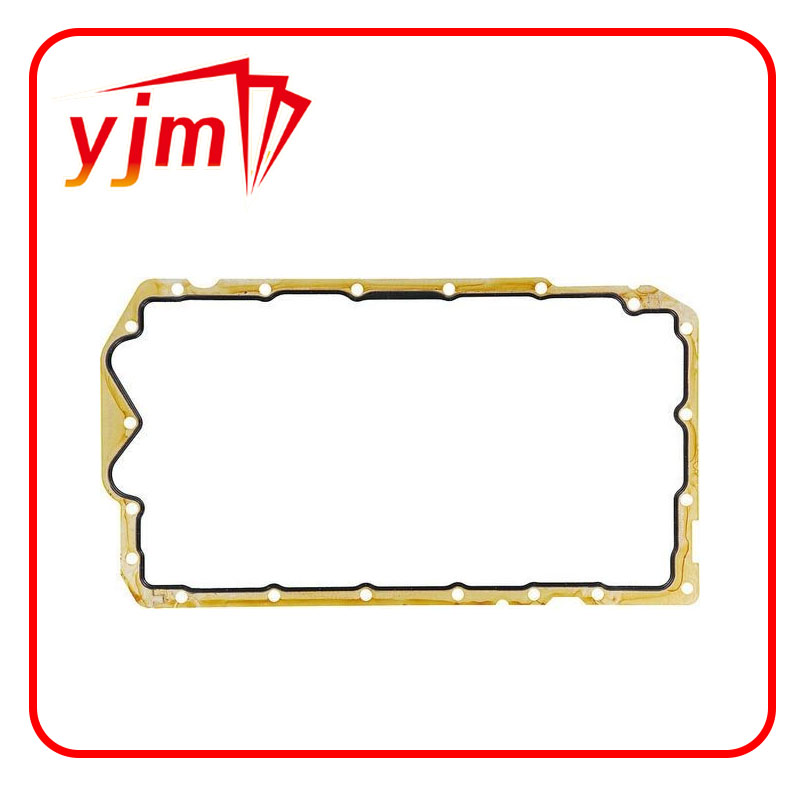axle output shaft seal
Understanding the Axle Output Shaft Seal
The axle output shaft seal is a crucial component in any vehicle's drivetrain system, designed to prevent transmission fluid leaks and protect the internal components from dirt and contaminants. This seal is primarily located at the junction where the axle meets the differential or the transmission. Its primary function is to ensure that the systems remain lubricated and operate efficiently, thereby prolonging the lifespan of the drivetrain.
Importance of the Axle Output Shaft Seal
The significance of the axle output shaft seal cannot be overstated. It plays a vital role in maintaining the integrity of the lubrication system within the vehicle. If the seal becomes worn or damaged, it can lead to fluid leaking out, which compromises the performance of the transmission or differential. Low fluid levels can result in increased wear and tear on gears and bearings, potentially causing catastrophic failure and leading to costly repairs.
Signs of a Failing Seal
Owners should be vigilant for signs that the axle output shaft seal may be failing. One of the most obvious indicators is the presence of fluid leaks on the ground beneath the vehicle. Additionally, if the vehicle experiences unusual noises during operation, such as grinding or whining sounds, this could signal that the lubrication system is compromised. Drivers may also notice a decrease in performance or efficiency, which could stem from inadequate lubrication.
Replacement Process
axle output shaft seal

When it comes time to replace a worn axle output shaft seal, it's essential to approach the process with caution and precision. Typically, the procedure involves lifting the vehicle and removing the wheel on the affected side. The axle shaft must be detached from the differential or transmission, which may require the disconnection of other components depending on the vehicle's specific design. Once the axle is removed, the old seal can be pried out, and a new one can be installed.
Proper insertion of the new seal is critical to ensure it functions correctly. It should be positioned evenly and seated appropriately to prevent any future leaks. After reassembly, it's essential to refill the differential or transmission with the appropriate type and amount of fluid, as specified by the manufacturer.
Maintenance Tips
To extend the life of the axle output shaft seal, regular vehicle maintenance is key. Periodic inspections should be conducted to check for signs of fluid leaks or damage. Keeping the vehicle's underside clean and free from dirt and grime can also help protect the seal from premature wear. Furthermore, using high-quality lubricants and ensuring that the differential or transmission is adequately filled can prevent undue stress on the seal.
Conclusion
In conclusion, the axle output shaft seal plays an indispensable role in the performance and longevity of a vehicle's drivetrain. Being aware of the potential issues and signs of seal failure can help vehicle owners manage their maintenance effectively and avoid costly repairs. Regular inspection and timely replacement are crucial steps in ensuring that this vital component operates as intended, safeguarding the overall health of the vehicle.
-
The Ultimate Guide to Car Repair Kits: Tools and Essentials Every Driver Should Own
News Aug.01,2025
-
The Complete Guide to Oil Pan Gaskets: Sealing Engine Leaks the Right Way
News Aug.01,2025
-
Preventing Oil Leaks: A Complete Guide to Oil Pan Gaskets and Drain Seals
News Aug.01,2025
-
Everything You Need to Know About Oil Pan Gaskets and Drain Plug Seals
News Aug.01,2025
-
Essential for Car Owners: How to Use a Car Repair Kit to Deal with Minor Breakdown
News Aug.01,2025
-
Comprehensive Guide to Engine Oil Sump Gaskets and Related Seals
News Aug.01,2025
-
The Ultimate Guide to Boat Propeller Bearings and Trailer Wheel Bearings
News Jul.31,2025
Products categories















